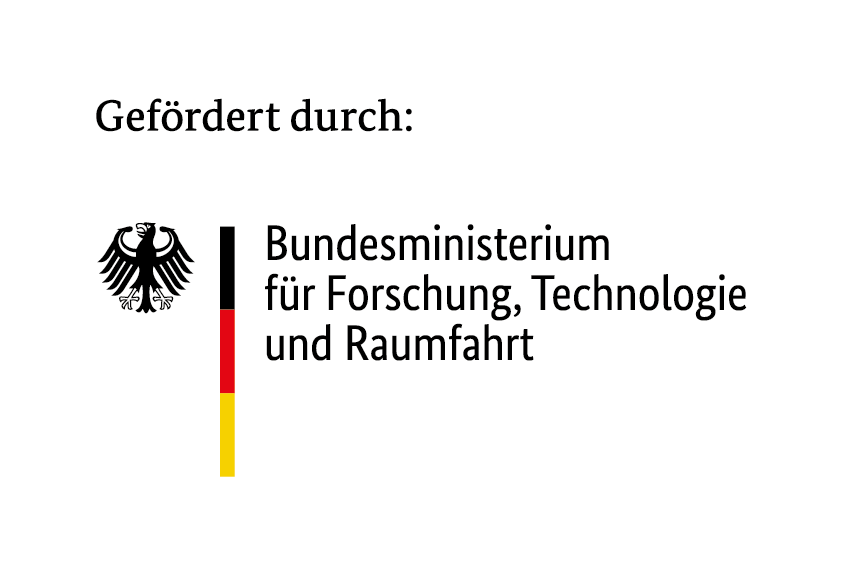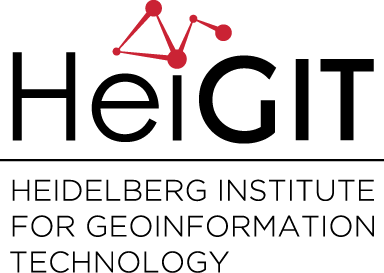Weiser, H. & Höfle, B. (2025): Advancing vegetation monitoring with virtual laser scanning of dynamic scenes (VLS-4D): Opportunities, implementations and future perspectives. Methods in Ecology and Evolution. DOI: https://doi.org/10.1111/2041-210x.70189
Virtual laser scanning (VLS) is an established and valuable research tool in forestry. However, vegetation has traditionally been modelled as static, neglecting the influence of vegetation dynamics on LiDAR point cloud representations and limiting applications to mono-temporal analyses.
In our new review paper, we propose VLS-4D, a novel framework that extends VLS by using dynamic (i.e., 4D: 3D + time) input scenes. These scenes can include short-term wind movement or long-term tree growth. The advancement to 4D scenes opens up new possibilities for vegetation research, including systematic LiDAR studies of wind sway, tree health and forest growth.
To facilitate wider adoption of the framework, we outline key concepts for representing dynamic scenes in LiDAR simulation, review technical implementations and present innovative VLS-4D applications.
While simulating LiDAR time series by updating vegetation scenes between consecutive simulation runs, e.g., for time series of forest growth, is already possible with the state-of-the-art simulators, simulating the effects of vegetation movement during a single scan is still a challenge. We give recommendations for future research and development efforts in terms of both the generation of animated 3D vegetation scenes and the functionality of LiDAR simulation software.
VLS-4D has the potential to significantly advance LiDAR-based vegetation monitoring by improving our understanding of point cloud representations, enabling reliable algorithm testing, and providing high-quality training data for deep learning.
Funding
This research was funded by the Deutsche Forschungsgemeinschaft (DFG), German Research Foundation, by the projects VirtuaLearn3D (Grant Number: 496418931) and Fostering a community-driven and sustainable HELIOS++ scientific software (Grant Number: 528521476).

This work was supported by the Federal Ministry of Research, Technology and Space, Germany (Bundesministerium für Forschung, Technologie und Raumfahrt, BMFTR), in the frame of the AImon5.0 project (Funding code: 02WDG1696, 2023-2025) within the funding measure “Digital GreenTech – Umwelttechnik trifft Digitalisierung”.




